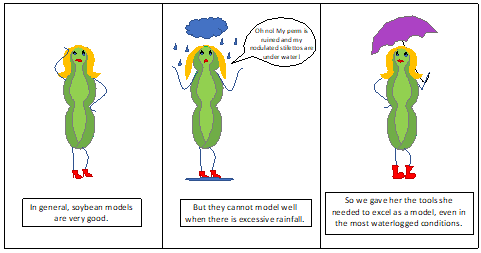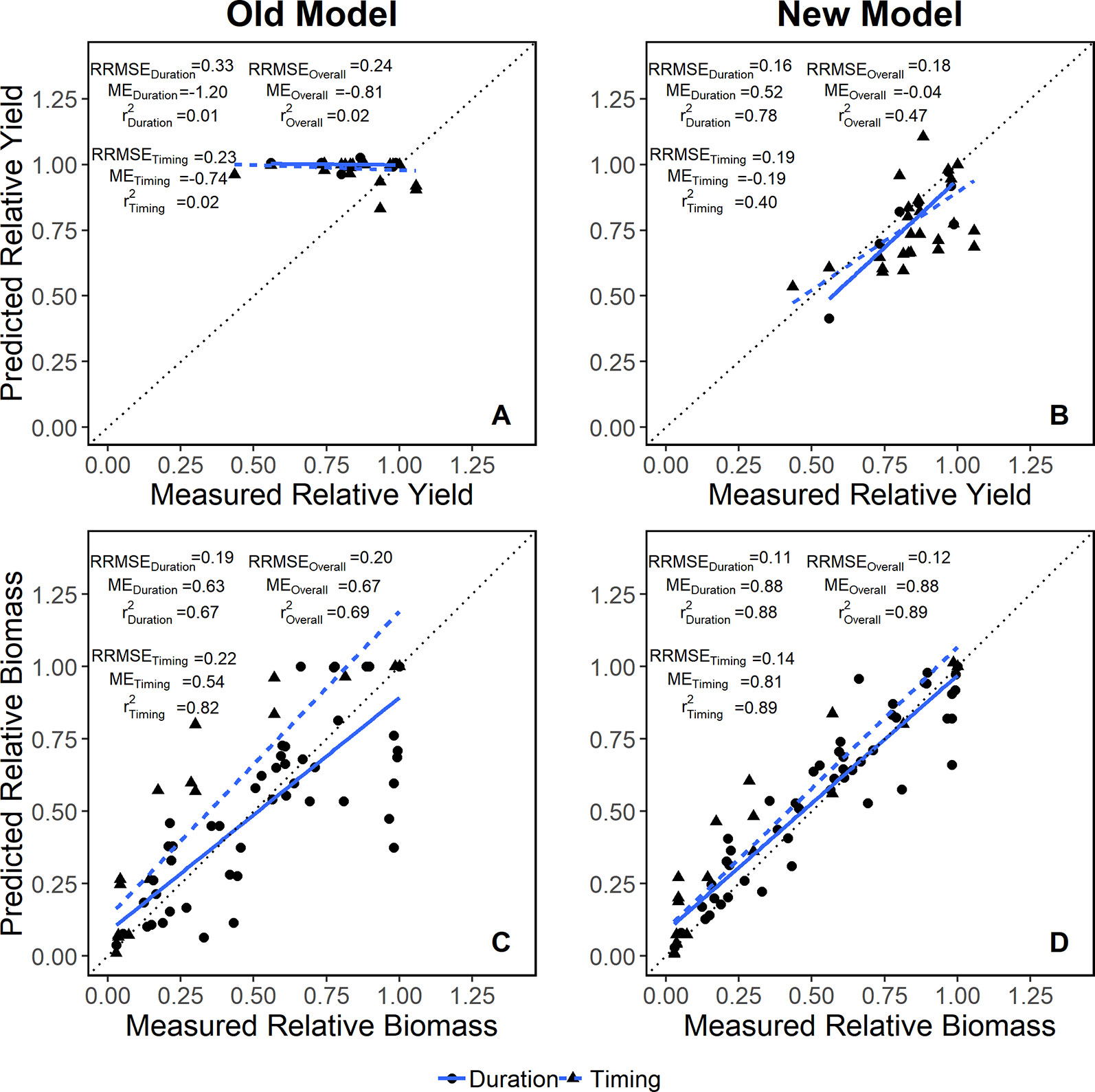


Across all forecasting times, the EONR predictions were more accurate in corn-corn than soybean-corn rotation (relative root mean square error, RRMSE, of 25 vs. Results indicated that the mean corn yield predictions at planting time ( R 2 = 0.77) using 35-years of historical weather was close to the observed and predicted yield at maturity ( R 2 = 0.81). The objectives were to: (1) evaluate the accuracy and uncertainty of corn yield and economic optimum N rate (EONR) predictions at four forecast times (planting time, 6th and 12th leaf, and silking phenological stages) (2) determine whether the use of analogous historical weather years based on precipitation and temperature patterns as opposed to using a 35-year dataset could improve the accuracy of the forecast and (3) quantify the value added by the crop model in predicting annual EONR and yields using the site-mean EONR and the yield at the EONR to benchmark predicted values.

To explore this, we used the Agricultural Production Systems sIMulator (APSIM) calibrated with long-term experimental data for central Iowa, USA (16-years in continuous corn and 15-years in soybean-corn rotation) combined with actual weather data up to a specific crop stage and historical weather data thereafter. We hypothesize that the use of a crop model as an in-season forecast tool will improve current N decision-making. Historically crop models have been used to evaluate crop yield responses to nitrogen (N) rates after harvest when it is too late for the farmers to make in-season adjustments.


 0 kommentar(er)
0 kommentar(er)
